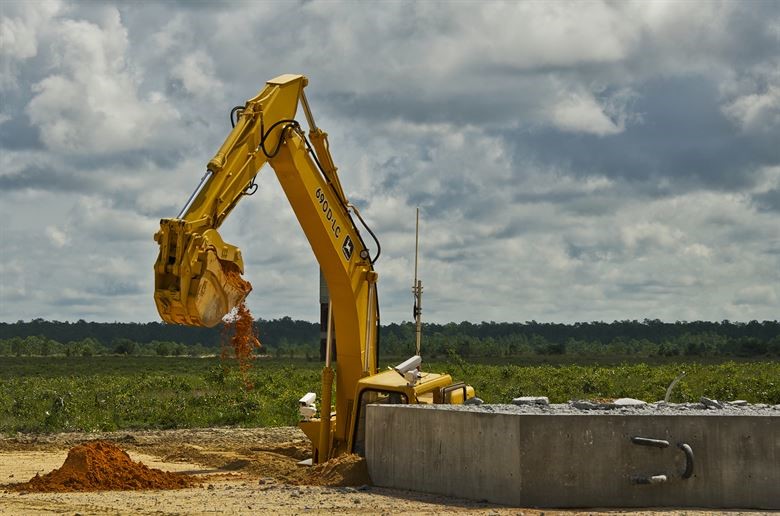
Robots are having an impact on the building environment like never before. From a conference centre built in 100 days to a science museum in Seoul, robots could be the future of the construction industry.

Image Credit
An architectural revolution
3D printing. Robot engineering. BIM technology. Is this the blueprint for architecture in the 21st century? It promises to be utterly transformative, streamlining productivity and bringing in even complex projects on time and on budget.
Using anything from an individual robot to an entire swarm, buildings can be constructed faster and more accurately than ever before.
Japanese innovation
Of course, the use of robots in construction isn’t new. The Japanese were using robot technology in construction during the 1970s and ’80s when a shortage of skilled construction workers forced them to explore new technologies.
The construction industry is revisiting the automation pioneered by the likes of Shimizu and Obayashi now that the technology is improved and more affordable.

Challenges to automation on the construction site
However, propelling the benefits of robot technology into the heart of the construction industry has not proved easy. Unlike the repetitive tasks of the automotive assembly line, construction tasks are notoriously difficult to automate.
Other challenges exist in the hierarchy of the industry itself, with different facets of the process strongly siloed. The resulting fragmentation of the construction industry makes it difficult to streamline the design to construction process, while the uniqueness of each project traditionally works against the deployment of robots expected to adapt to different tasks.
Robots and the BIM workflow
These challenges aren’t insurmountable. The rise of digital technologies and artificial intelligence could begin to create a modified construction environment that is more factory-like and regimented.
For firms that depend on BIM technology such as https://www.bimtech-eng.com/, robotisation can accelerate the design process. It speeds up data exchange and saves time and money, but technical mistakes can occur in the build process. The use of robots can reduce those errors and eliminate the need for a rework. They work to schedule and reduce waste materials and are capable of creating unique and complex structures that would otherwise be impossible.
It’s the strong economic incentive that will ultimately drive the robot construction revolution. By automating design processes and the final construction itself, the industry is ready to revolutionise the way we build our environment.